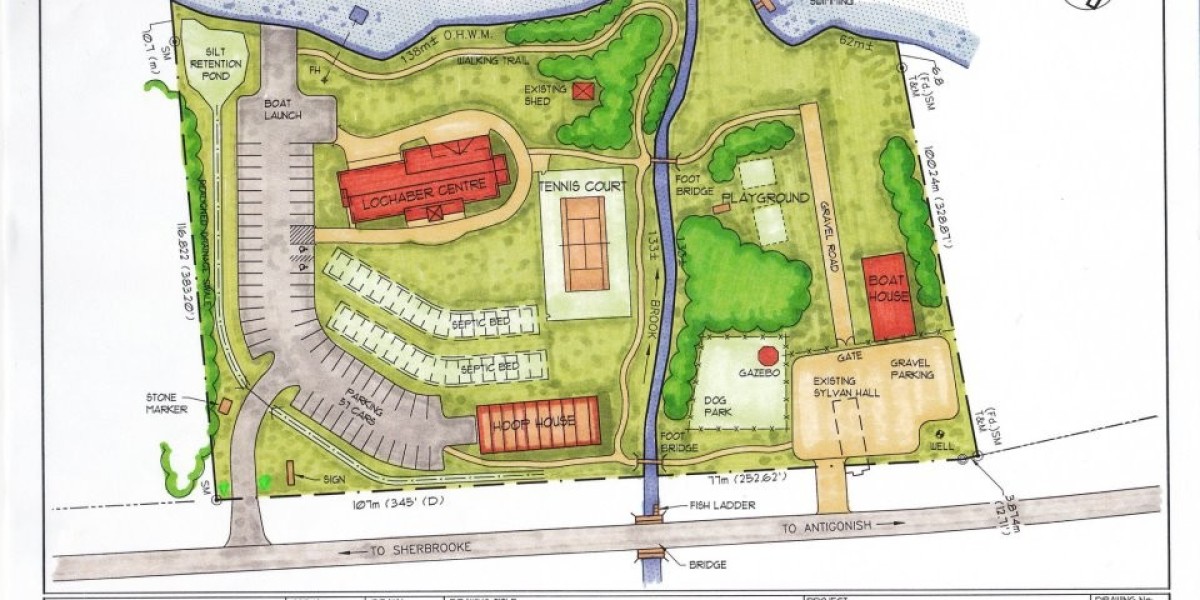4. Topography and Grading
The natural contours of the land, as well as any proposed grading or landscaping changes, are showcased on the plot plan. This information aids in understanding how water will flow across the site and helps prevent drainage issues.
Key Elements of a Plot Plan
A well-prepared plot plan includes several essential elements that collectively provide a comprehensive overview of the land and proposed development. Let's explore these key elements:
1. Utilities and Infrastructure
Existing utility lines, such as water, sewage, gas, and electricity, are depicted on the plan. Additionally, the locations of fire hydrants, streetlights, and other infrastructure elements are usually included.
2. Parking and Circulation
For commercial or multi-unit residential developments, the plot plan illustrates parking spaces, driveways, and pedestrian pathways. This helps ensure efficient traffic flow and accessibility.
3. Vegetation and Open Spaces
Natural elements like trees, shrubs, and open green spaces contribute to the aesthetic and environmental aspects of the development. These are often indicated on the plot plan.
4. Orientation and North Arrow
To understand the layout from a geographic perspective, the plot plan includes an orientation indicator such as a north arrow. This helps viewers grasp the plan's alignment with the actual landscape.
Conclusion
In the realm of real estate development, a plot plan is more than just a technical drawing; it is a guiding force that shapes the physical manifestation of ideas and concepts. This detailed representation of a piece of land and its potential development is instrumental in obtaining permits, adhering to regulations, and creating functional and aesthetically pleasing spaces. As urban landscapes continue to evolve, the significance of a well-prepared plot plan becomes increasingly evident, playing a pivotal role in responsible and sustainable land development. Whether it's a single-family home or a sprawling commercial complex, the plot plan remains an essential tool that bridges the gap between imagination and reality, transforming vacant land into vibrant, purposeful spaces.








